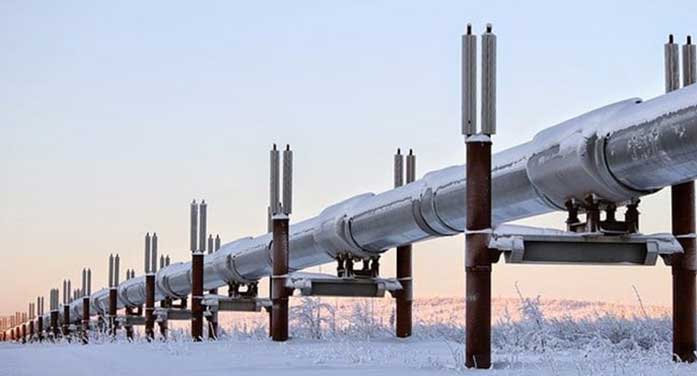 The growing global shortage of liquefied natural gas (LNG) is expected to bring a sustained period of higher prices and extreme market volatility, according to analysts with Norway-based consultancy Rystad Energy.
The growing global shortage of liquefied natural gas (LNG) is expected to bring a sustained period of higher prices and extreme market volatility, according to analysts with Norway-based consultancy Rystad Energy.
Russia’s invasion of Ukraine – and the subsequent decision by European countries to seek other natural gas suppliers – is exacerbating an already tight LNG market.
“There simply is not enough LNG around to meet demand,” said Rystad senior analyst Kaushal Ramesh.
“In the short term, this will make for a hard winter in Europe.”
World LNG demand this year is expected to hit 436 million tonnes, over 25 million tonnes more than the available supply of 410 million tonnes, Rystad forecasts.
“By shunning Russian gas, Europe has destabilized the entire global LNG market that began the year with a precarious balance after a tumultuous 2021,” the Rystad analysts said.
| RELATED CONTENT |
| The hazards of pursuing a green power utopia By Gwyn Morgan |
| Canada missing a critical opportunity in the LNG market By Mark Mile and Ven Venkatachalam |
| The unintended consequences of ‘clean and green’ By Jock Finlayson and Denise Mullen |
And while more supply is expected to come online after new projects are completed in 2024, the current shortfall is likely a preview of more episodes to come.
Even before Russia invaded Ukraine, global LNG forecasts saw a gap emerging between supply and demand in the mid-2020s.
The most recent forecast by Shell sees world LNG demand crossing 700 million tonnes in 2040, nearly double consumption in 2021.
According to Shell, Asia will drive long-term demand growth as domestic gas production declines, regional economies grow, and LNG replaces coal to reduce emissions and improve air quality.
Europe is scrambling for more LNG, and discussions are reportedly underway to have Canada come through with a solution. While the fastest option could be to reconfigure the Saint John LNG import terminal to an export facility, Canada’s vast natural gas resources offer much in the way of long-term potential.
The LNG Canada terminal, now under construction at Kitimat, B.C., will help improve world supply by adding 14 million tonnes per year starting in 2025.
Also on Canada’s West Coast are three proposed projects – Woodfibre LNG, Cedar LNG, and Ksi Lisims LNG – that should all come onstream before 2030. Cedar LNG and Ksi Lisims LNG are partly owned by Indigenous communities: the Haisla Nation and Nisga’a Nation, respectively.
In Atlantic Canada, there’s the proposed Bear Head LNG project, the floating Goldboro LNG project, and LNG Newfoundland and Labrador, which would be partly owned by the Miawpukek First Nation.
By 2035, Canada could be supplying the world with nearly 53 million tonnes of LNG per year, according to Canadian Energy Centre research.
Increasing the supply of LNG from Canada would not only improve energy security by reducing reliance on Russia, but it can also help reduce world emissions.
The International Energy Agency says that using natural gas transported as LNG instead of coal to fuel power plants reduces emissions by about 50 per cent on average.
LNG from Canada can deliver an even bigger decrease, reducing emissions by up to 62 per cent, according to a 2020 study published in the Journal for Cleaner Production.
Deborah Jaremko is director of content for the Canadian Energy Centre, an Alberta government corporation funded in part by taxes paid by industry on carbon emissions.
For interview requests, click here.
The opinions expressed by our columnists and contributors are theirs alone and do not inherently or expressly reflect the views of our publication.
© Troy Media
Troy Media is an editorial content provider to media outlets and its own hosted community news outlets across Canada.

